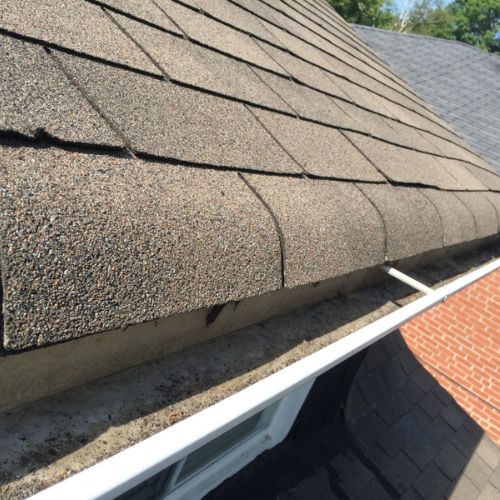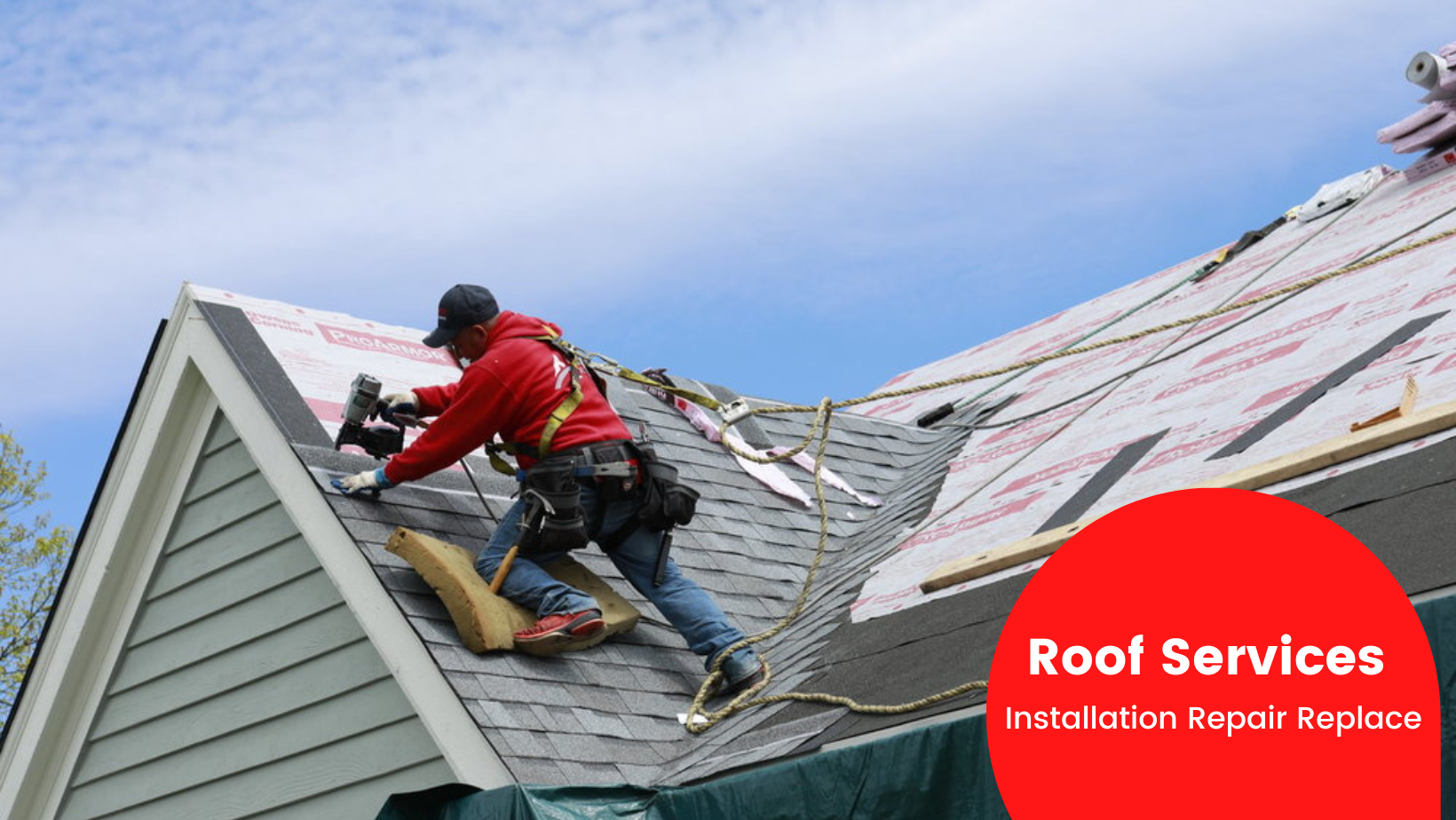Why Homeowners Prefer Keep Dry Roofing St Peters MO for Their Roofing System Repair Work Requirements
Key Factors To Consider for a Successful Roofing System Installation: Attaining Durability and Effectiveness
In starting the journey of roof covering installment, one should focus on essential considerations to make certain both durability and performance. The choice of materials, customized to endure neighborhood climate problems, plays a pivotal role in preserving structural stability. Just as essential is the style, which need to suit appropriate water drain and provide appropriate support. Embracing ideal practices throughout setup can considerably reduce potential problems such as moisture accumulation and energy inadequacy. As we check out these facets, it comes to be obvious that an effective roofing installation is not just concerning covering a structure yet concerning crafting a resilient and sustainable remedy. What are the essential components that really make a difference?
Selecting the Right Materials

Climate plays a pivotal function in product option. In regions prone to heavy rainfall or snow, materials like asphalt tiles or metal roofing with high water resistance are a good idea. Alternatively, in warm climates, products with reflective residential properties, such as awesome roof membrane layers or ceramic tiles, can aid decrease power expenses by dispersing sunlight.
Spending plan considerations additionally influence product option. While premium products like slate or clay floor tiles use long-lasting performance, they feature greater upfront costs. Nevertheless, they can verify cost-effective in time due to their minimal maintenance needs and prolonged lifespan.
Lastly, the architectural design of the structure must balance with the roof material. Traditional homes might profit from wooden shingles, whereas modern-day frameworks might choose for sleek steel coatings. By meticulously weighing these elements, you can select materials that line up with both functional and aesthetic objectives.

Recognizing Roof Layout
Understanding roofing layout is vital in achieving a well-functioning and aesthetically pleasing structure. The style of a roof covering impacts not just the visual appeal but also the architectural stability and capability of the structure. A thoughtfully developed roofing system can enhance the total architectural design while ensuring reliable drain, insulation, and ventilation.
The pitch, or slope, identifies how successfully water and debris are lost from the roof surface, influencing the life expectancy of roof products. Gable roofings are popular for their simpleness and effective water shedding, while hip roof coverings supply phenomenal security in high wind areas.
Architectural support systems, such as trusses and rafters, are essential in dispersing weight and preserving the roofing's stability. Appropriate layout ensures that the review roof covering can endure ecological loads and withstand deformation. Additionally, integrating attributes like overhangs and eaves can protect the building's façade and enhance energy effectiveness by providing shade and lowering warmth gain.
Ultimately, a well-considered roof design balances form, function, and toughness, adding to the long-lasting success of the installment.
Climate Considerations

In warm and warm climates, roof materials need to reflect, as opposed to soak up, solar warm to keep power performance and avoid excessive thermal development, which can cause product deterioration - Keep Dry Roofing St Peters MO. On the other hand, in colder regions, materials have to give appropriate insulation to stop heat loss and hold up against freeze-thaw cycles that can cause cracking and other structural concerns
Moreover, the selection of color and finish can substantially influence a roof's thermal performance, specifically in locations with severe temperature level variations. Regional structure codes commonly supply advice on suitable materials and layouts, mirroring local environment concerns. An extensive understanding of climatic problems is vital for picking materials and layouts that make certain a roofing system's ideal efficiency over its life expectancy.
Installation Best Practices
Efficient roof covering setup is a crucial part of making sure long-lasting longevity and efficiency. Using high-grade roof shingles, underlayment, and blinking tailored to the specific climate and structure design will enhance the roofing's strength.
Equally important is the prep work of the roof deck. Ensuring that the deck is clean, completely dry, and structurally audio before setup prevents problems such as leaks and premature wear. Proper air flow is an additional crucial consideration, as it minimizes moisture buildup and thermal stress and anxiety, therefore extending the roofing system's life expectancy.
Accuracy in measurement and alignment throughout the installment procedure is essential. This involves accurate positioning of tiles and careful focus to overlapping, which prevents water ingress. Using professional, proficient labor ensures these standards are fulfilled, decreasing the threat of mistakes that could jeopardize the roofing's efficiency.
Energy Effectiveness Techniques
Enhancing a roof's energy efficiency is a calculated consideration for minimizing energy expenses and environmental effect. By selecting proper products and innovations, home owners and home builders can significantly enhance the thermal efficiency of a roofing system, hence minimizing energy intake.
Additionally, the consolidation of adequate insulation is important in preventing warm transfer in between the exterior and interior of a structure. Insulation products with high R-values, such as spray foam or rigid foam boards, are efficient in keeping a consistent indoor temperature level, therefore optimizing a/c system performance.
Additionally, the assimilation of solar panels on rooftops not only creates eco-friendly energy but can likewise supply color, more reducing warm gain (Keep Dry Roofing St Peters MO). Advancements like trendy roofs, which utilize this content finishings to show even more sunshine, are additionally obtaining appeal for their ability to decrease roof temperatures
Conclusion
Finally, accomplishing a successful roofing system setup requires an extensive technique that integrates the choice of premium materials tailored to particular climatic problems, thoughtful layout factors to consider for optimum drain and structural stability, and adherence to precise installation practices. These components jointly ensure the avoidance of dampness build-up and thermal stress and anxiety, consequently boosting the roofing's resilience and performance. Including approaches to improve energy efficiency further adds to minimizing maintenance requirements and lowering power intake over the roofing system's life-span.